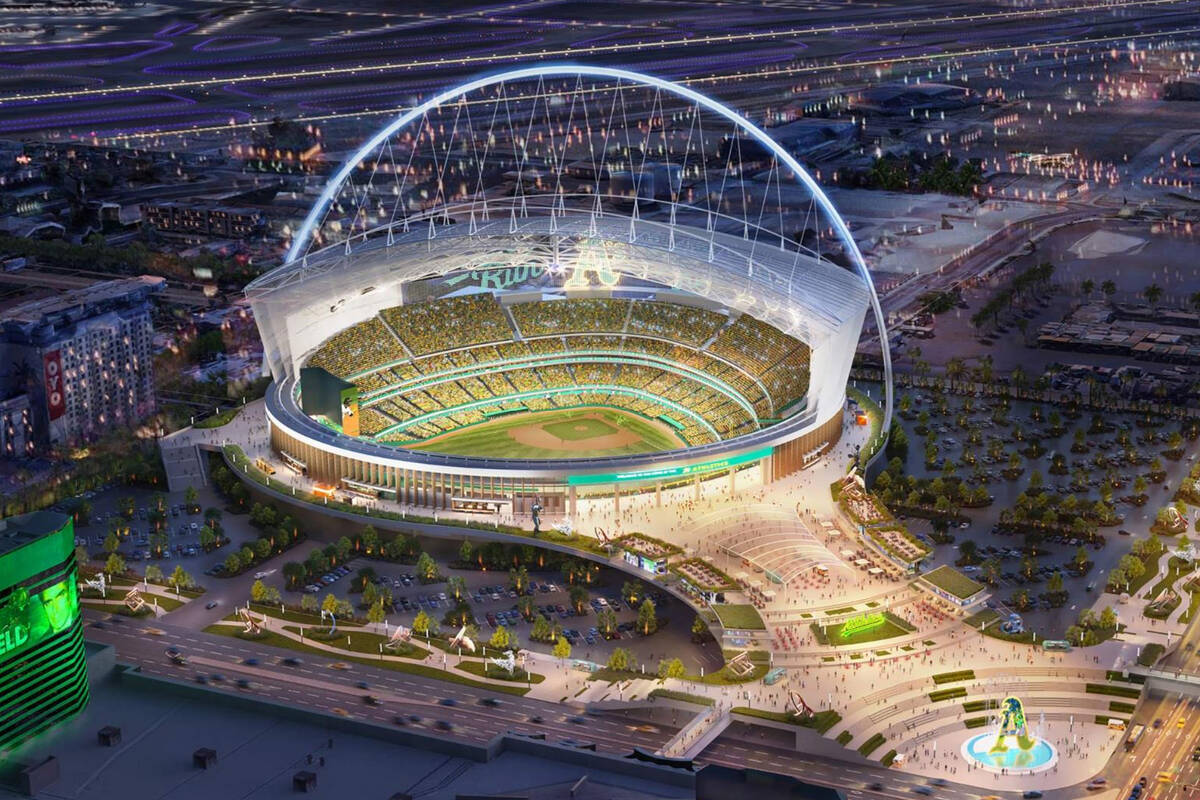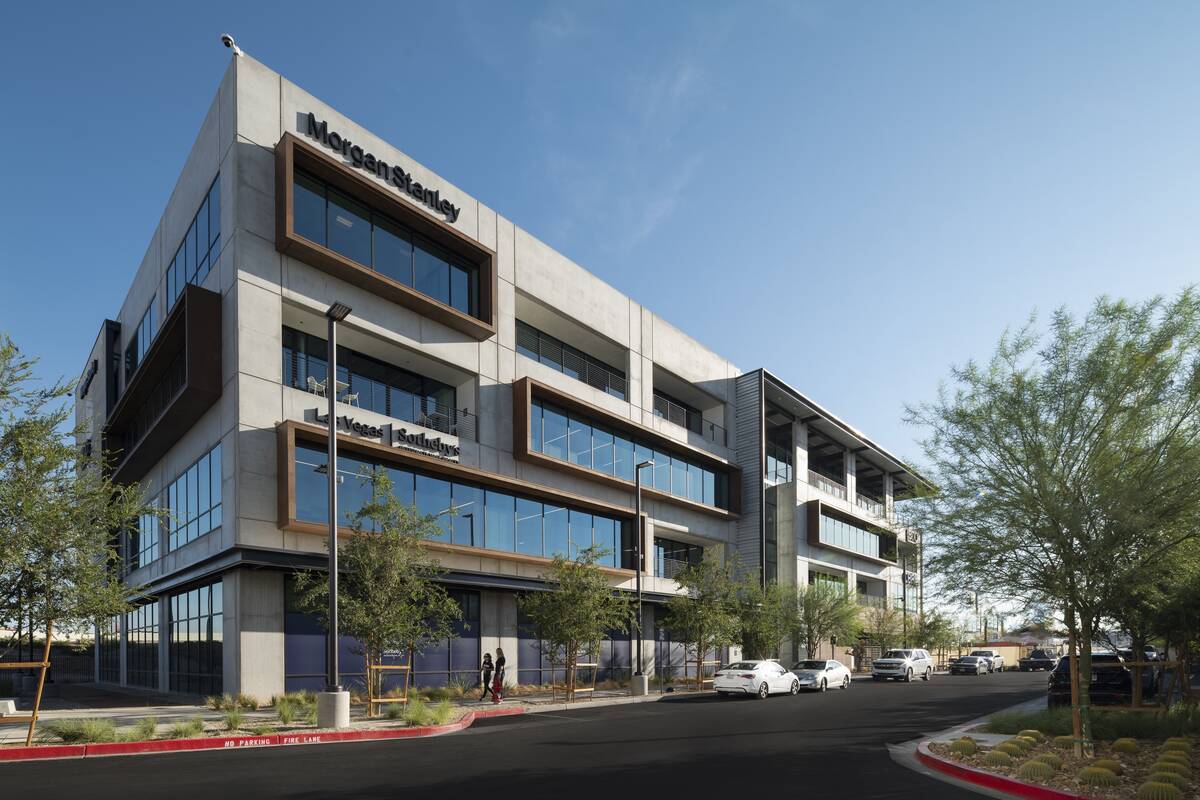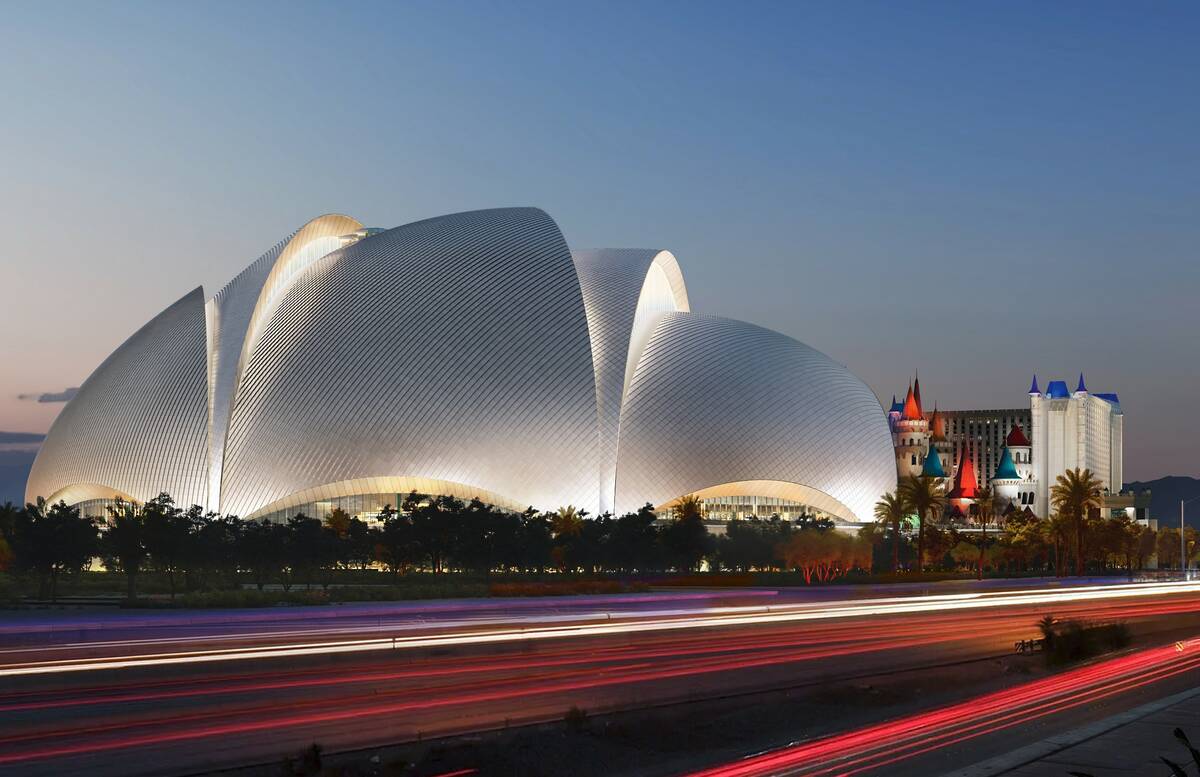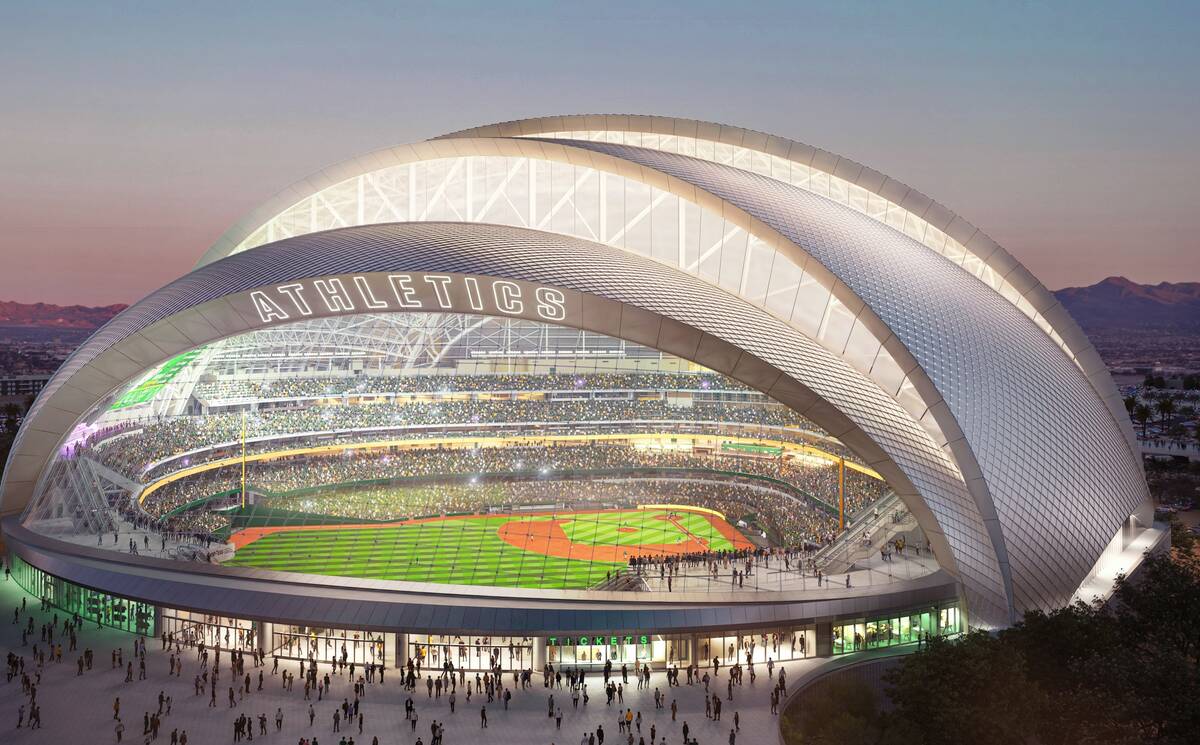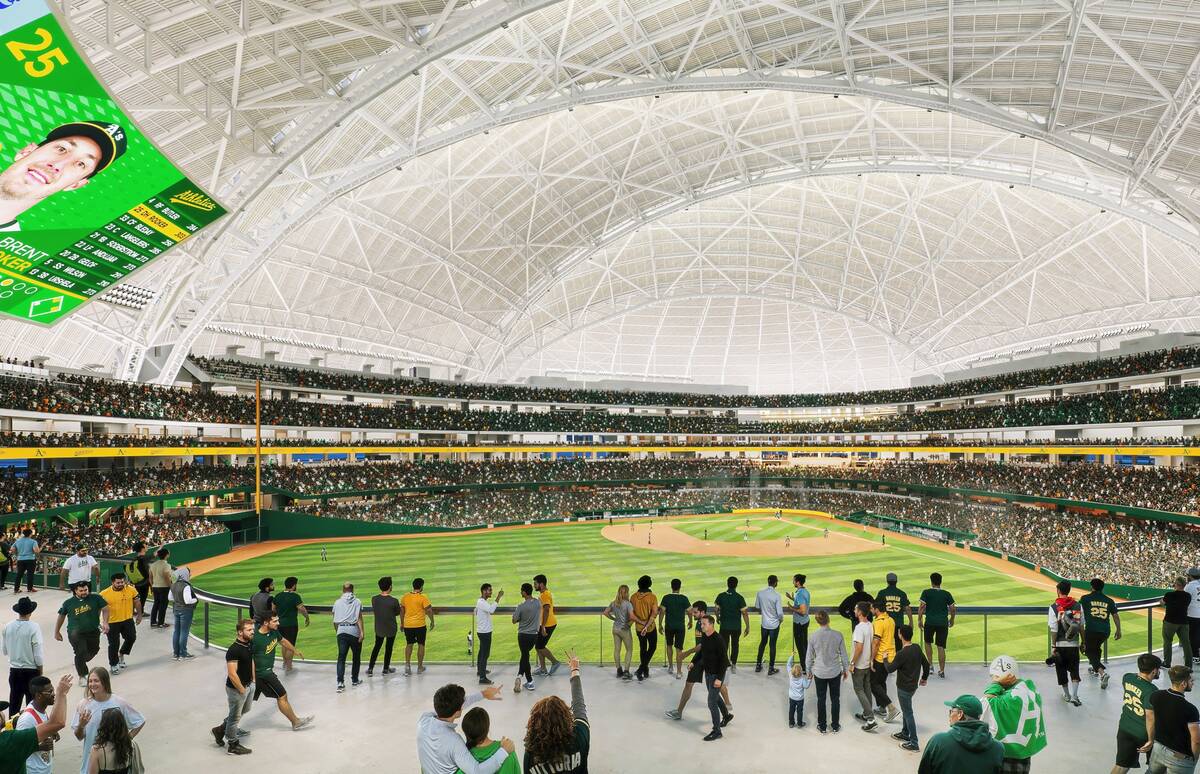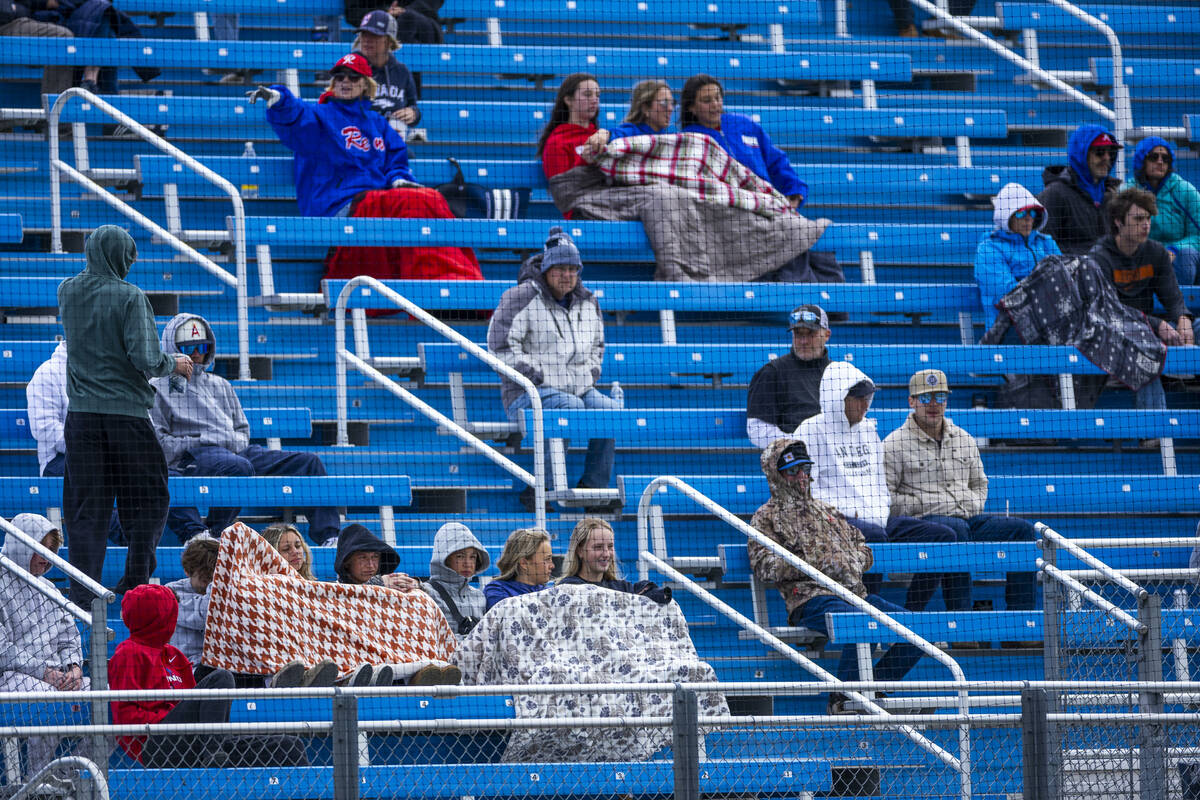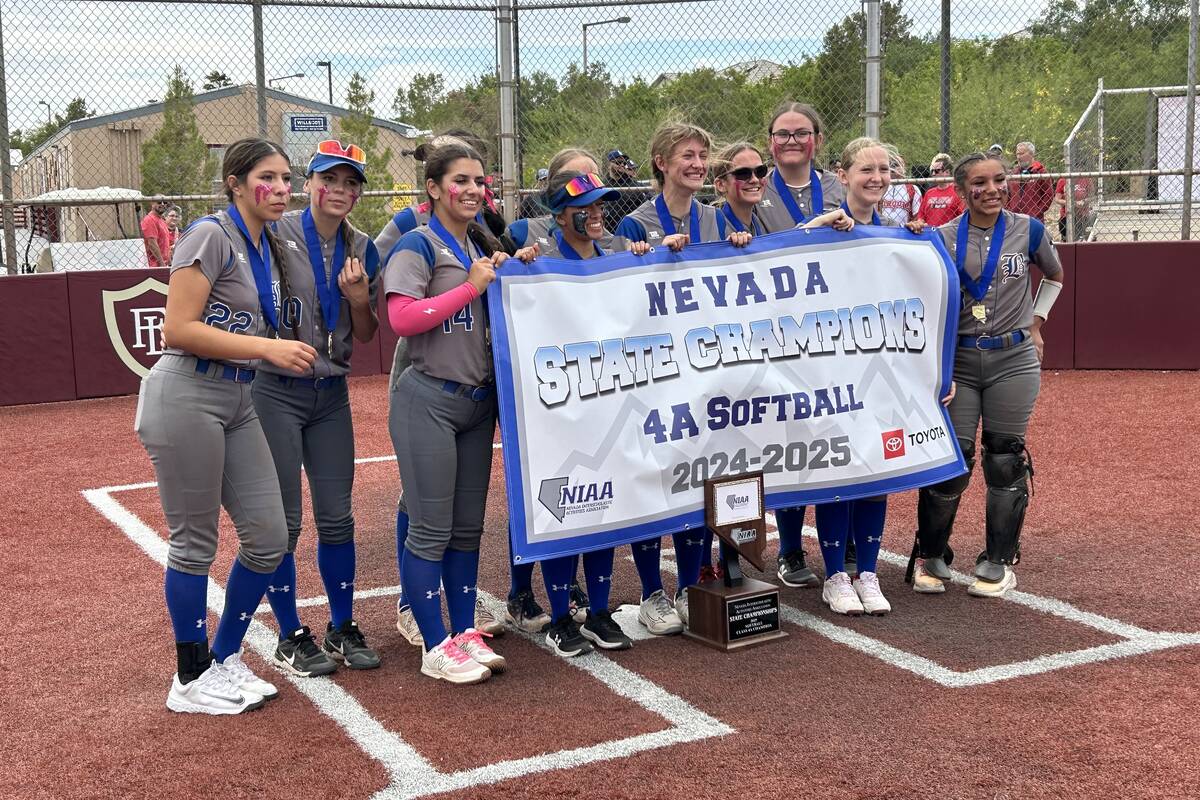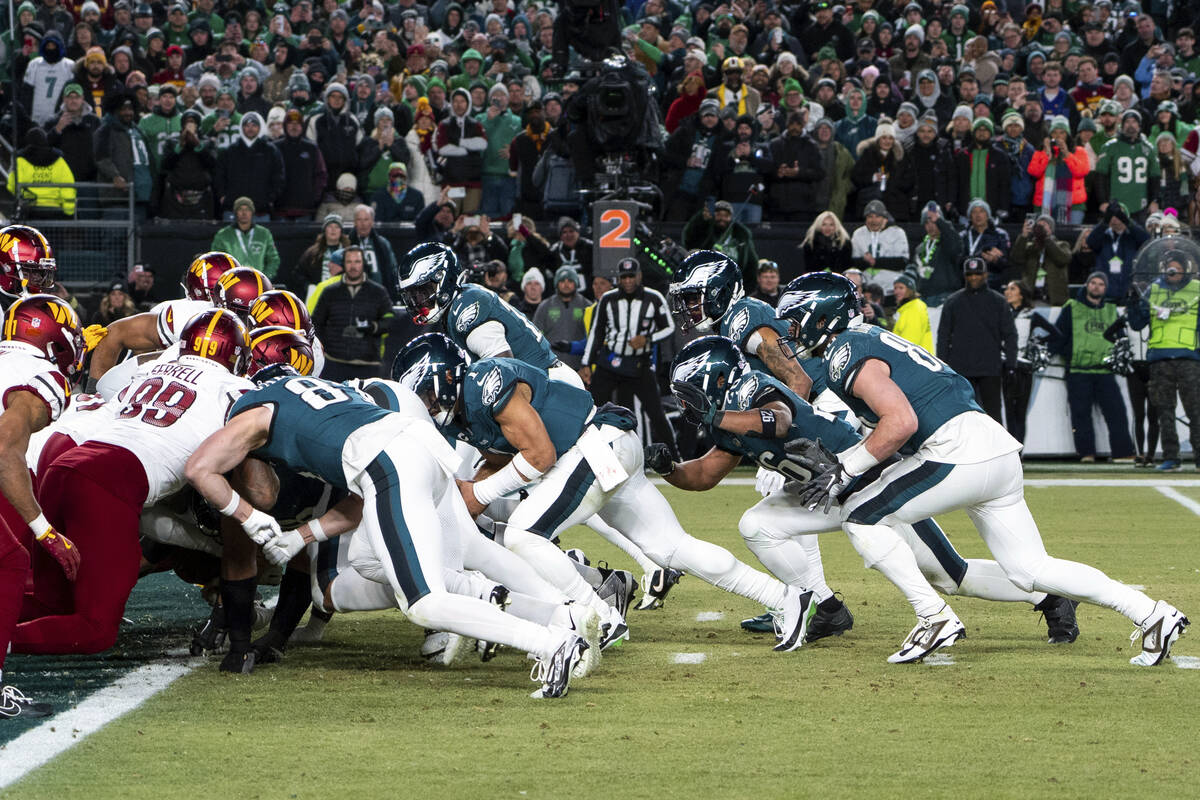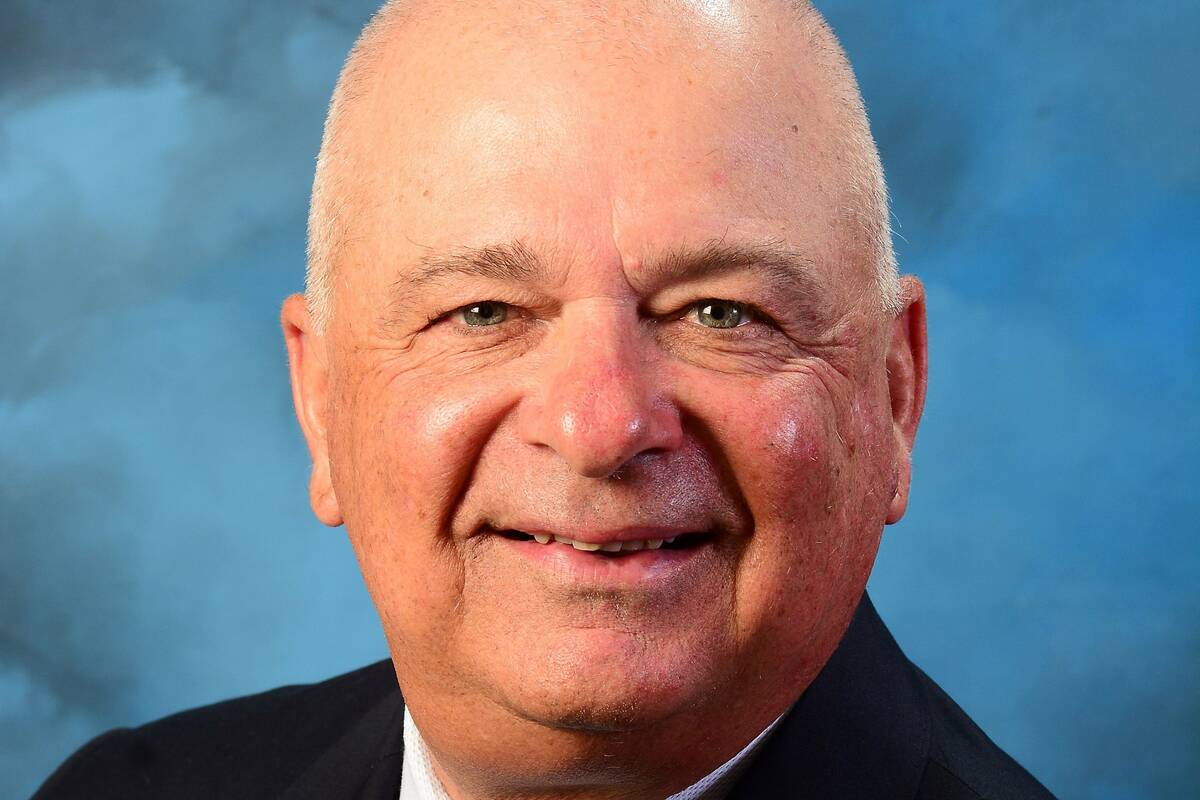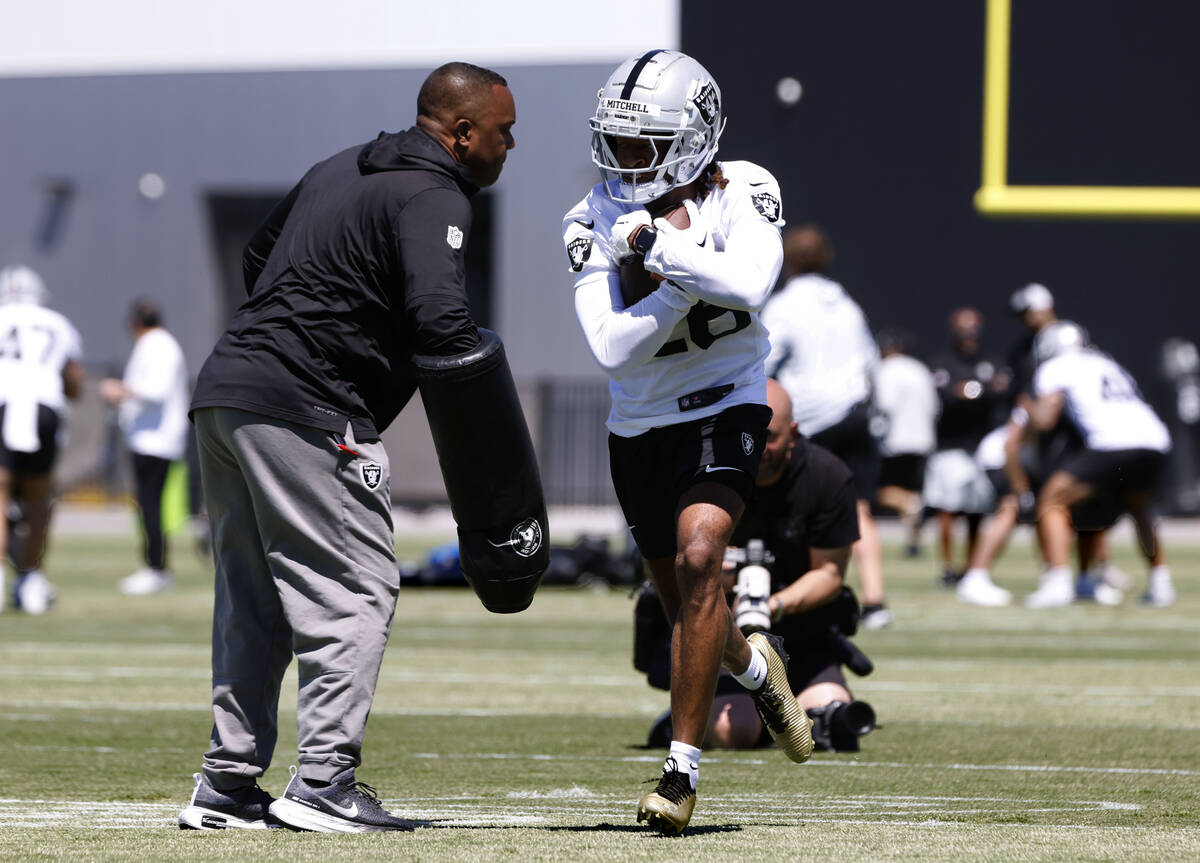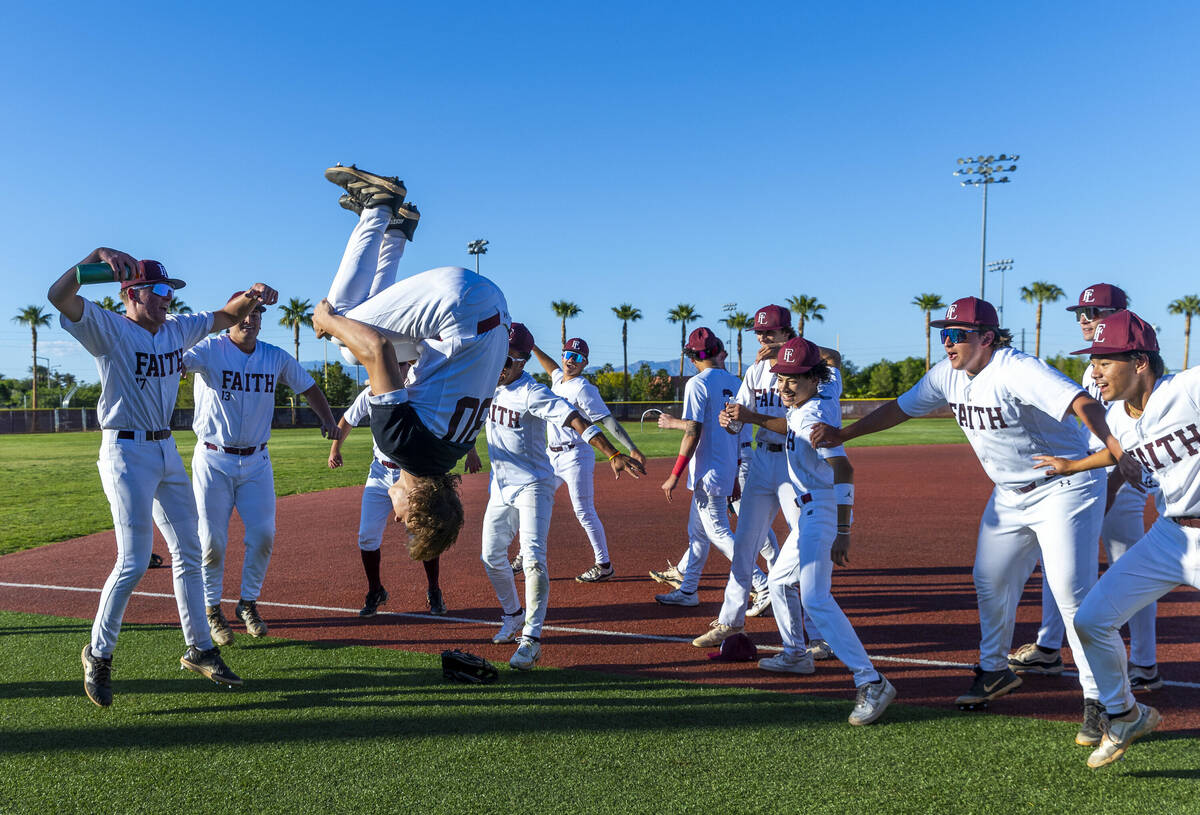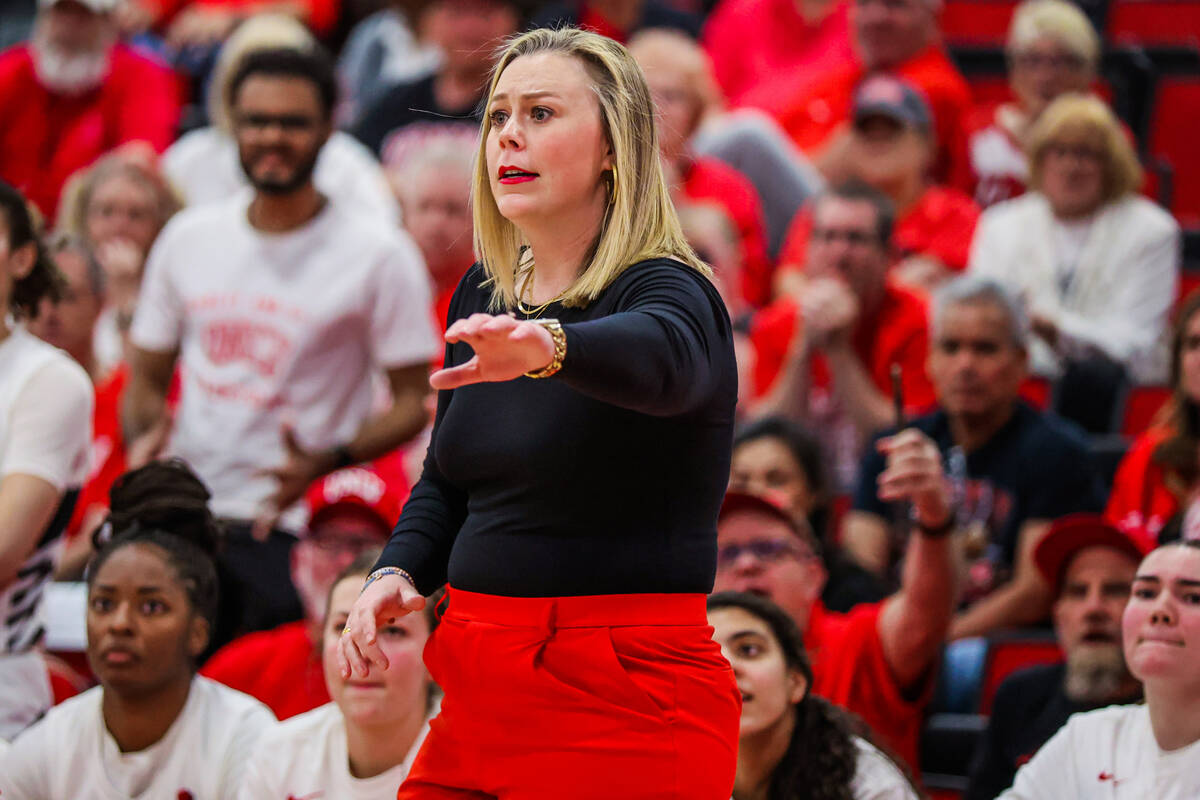Construction on the Oakland Athletics’ Las Vegas ballpark is scheduled to begin in April 2025 and be completed in January 2028.
The tentative timeline was noted Wednesday during a presentation by Mortenson-McCarthy, the A’s ballpark construction manager, to the Las Vegas Stadium Authority.
The presentation also included the construction group’s community engagement plan, with details of how small, local and minority-owned businesses and diverse vendors will be used during construction.
The plan calls for 51 percent of construction hours on the stadium to be carried out by a combination of women, minorities, veterans and disabled workers, with 15 percent of the stadium construction work required to be done by small local businesses.
The authority also approved a combined $1 million to go toward a pair of law firms that will handle the negotiations with the A’s on various agreements. Both firms, Hunton Andrews Kurth and Brownstein Hyatt Farber Schreck, previously worked with the stadium authority during the board’s dealings with the Raiders and Allegiant Stadium.
Drafts of two of the agreements the law firms will help execute with the team — the stadium lease and community benefits — were presented during the meeting. Nonrelocation and development agreements will be presented at a future meeting. The nonrelocation agreement would carry a 30-year clause that the team would not move from Las Vegas, the same length as the stadium lease agreement.
The community benefits agreement includes a minimum annual financial commitment from the A’s to the community, paying a livable wage to ballpark employees, workforce diversity requirements, community engagement and educational programs.
“Whether it’s supporting community needs or ensuring that we are addressing all questions from policy leaders, we are committed to being a strong community partner and contributor,” A’s President Dave Kaval said in a statement.
The steps being taken are similar to the early process between the Raiders and the authority that led to the construction of Allegiant Stadium. They are also required following the signing of Senate Bill 1 that earmarked up to $380 million in public funds to go toward the A’s planned $1.5 billion, 33,000-seat ballpark.
The facility is planned to be constructed on at least 9 acres of land where the Tropicana is located.
One aspect of the draft lease agreement that differs from the Raiders and Allegiant Stadium is what happens to the facility after the initial 30-year lease is up. The A’s have the right to extend the lease with four 15-year extensions and one nine-year extension. The A’s will also have a purchase option on the the stadium after the initial 30-year lease expires.
The two sides are also still working on what happens in the event that the A’s choose to relocate after the initial 30-year lease is up and if the stadium becomes an eyesore. With the A’s ballpark planned to be built on what stadium authority chairman Steve Hill called one of the most important intersections in Las Vegas, having a decaying stadium located there would be “detrimental” to the city.
An update on that process will be presented at the December stadium authority meeting.
MLB team owners still need to approve the A’s relocation to Las Vegas. That vote is expected to take place next month at the MLB owners meetings in Texas.
“I think this is going to be another game-changing opportunity for our city,” Hill said. “We look forward to the vote from Major League Baseball. We hope it’s coming soon.”
Contact Mick Akers at [email protected] or 702-387-2920. Follow @mickakers on X.

